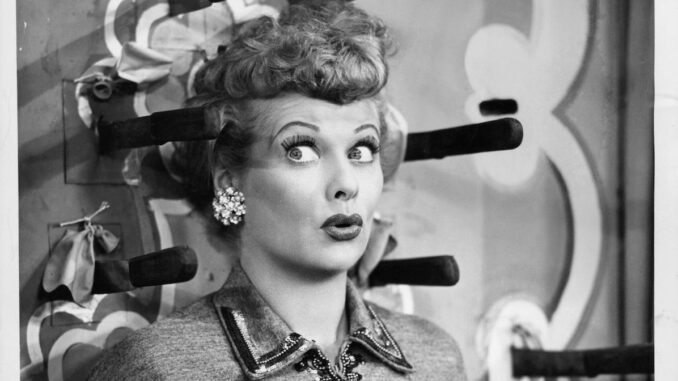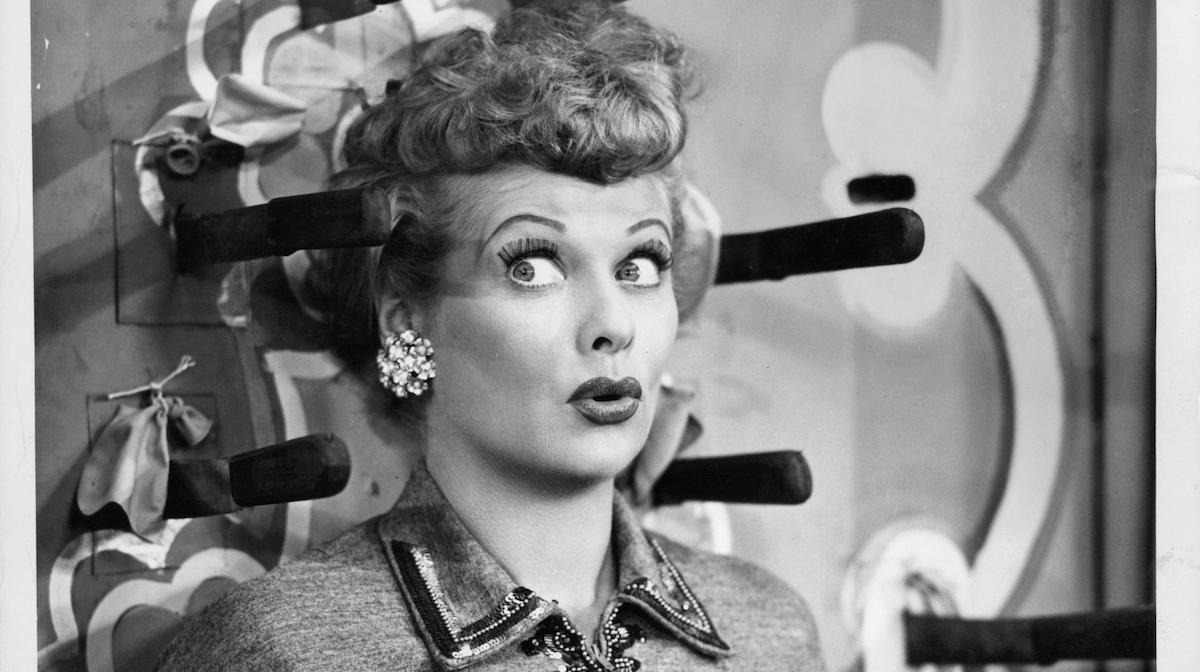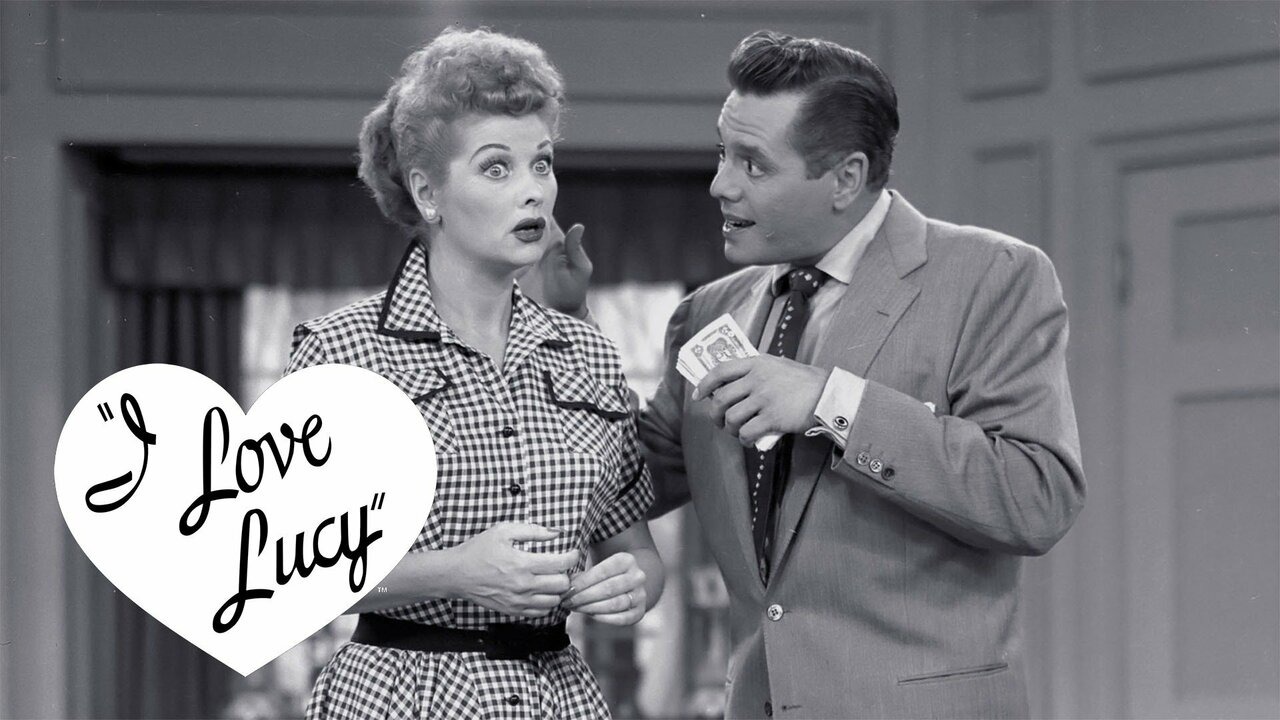
On October 15, 1951, “I Love Lucy” aired for the first time on CBS.
It became one of the most loved and influential sitcoms in television history. For four of its six seasons, “I Love Lucy” was the most watched show on TV. A sheer sign of the show’s immense success, Lucille Ball and Desi Arnaz became the first millionaire TV stars in history. As a product of its pre-feminist movement times, the show reinforced patriarchal norms. However, with Ball as the central comedic force behind the sitcom, the show was ahead of the times in many ways and inspired future female funny ladies to break into sitcoms.

Set during the postwar 1950s in a New York City apartment building, the show centers around Lucy Ricardo (Ball) and her singer/bandleader husband Ricky Ricardo (Arnaz), with their friends and landlords Fred (William Frawley) and Ethel Mertz (Vivian Vance). Lucy is a zany housewife who hopelessly wishes to break into show business. In each episode, she and Ethel often get embroiled in silly shenanigans, much to the chagrin of their significant others. Some classic episodes chronicling these hilarious escapades include “Job Switching” (aka the candy factory episode) and “Lucy’s Italian Movie.” The husbands, Ricky and Fred, are the consistent stabilizing forces on the show. They often have to swoop in to clean up their wives’ messes. From a modern day perspective, this dynamic reinforced longstanding sexist gender stereotypes of a dim-witted female who needs a stronger and more intelligent man’s guidance. However, there was an escapist element to this show for the 1950s housewives who watched it. They could live vicariously as Lucy defied her husband every week. Additionally, Ball’s legendary physical comedy and acting skills were the heart of what made the show wildly entertaining. Moreover, she was also greatly responsible for the creation of the show.
After a successful modeling career in New York City, Ball moved to Hollywood in the 1930s and landed acting roles in various major motion pictures for top studios, including RKO Radio Pictures and MGM. Ball was a striking beauty with adept comedic skills, yet studios often cast her in parts that did not allow her to showcase her comedy chops. By the late 1940s, Ball started to establish herself with audiences and studios as a strong comedian. As a result of her successful performance in the CBS radio program, “My Favorite Husband,” executives approached Ball about taking the show to television. Ball wanted her real-life husband Arnaz to play her spouse in the TV version. However, network executives were hesitant about how audiences would respond to an all-American woman married to a Cuban man. To prove them wrong, Ball and Arnaz created a vaudeville show and took it on the road. Audiences enthusiastically responded to the comedy team’s live performances and CBS ordered the pilot in March of 1951.

Aside from convincing the network to make the unorthodox casting decision, Ball also became the second ever sitcom actress to be visibly pregnant on screen. At first network executives were worried about offending the advertising sponsor and conservative TV audiences. Eventually, they agreed to write Ball’s pregnancy into the second season of the show, as long as the characters never uttered the taboo word, “pregnant.” Instead, the word “expecting” was considered a more respectable way to refer to Lucy’s baby bump.
With current shows like “Broad City” and “The Amy Schumer Show,” society has come a long way in what is considered acceptable on-screen female behavior and language. Thanks to Ball’s groundbreaking work in “I Love Lucy,” she paved the way for future female sitcom stars. Everyone from Carol Burnett and Julia Louis-Dreyfus to Kate McKinnon can trace their path to success back to the inroads made by Ball.
